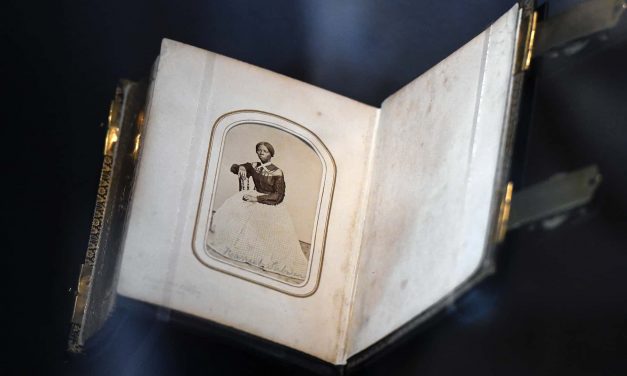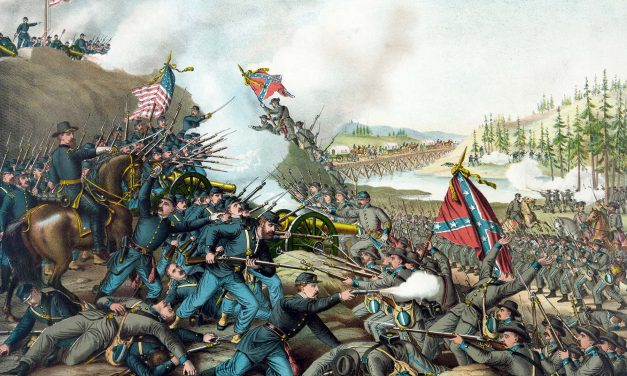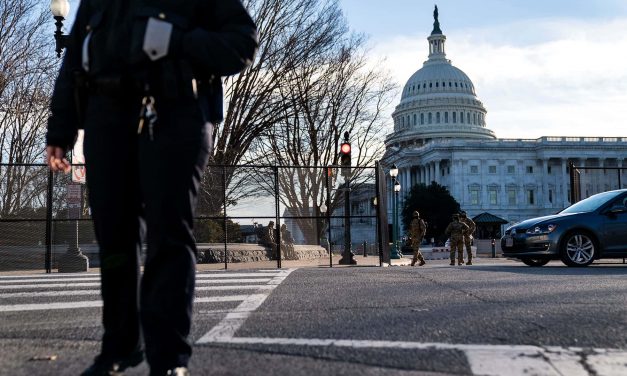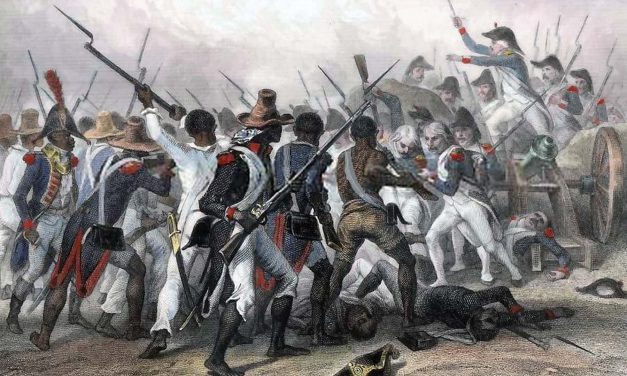An autocratic legacy: How the radicalization of the right gave rise to death threats of public officials
By Shelley Inglis, Executive Director, University of Dayton Human Rights Center, University of Dayton As the impeachment trial of former President Donald Trump approaches, federal officials are investigating threats to attack or kill members of Congress. This comes in the wake of the Capitol riot, when a mob stormed the building where members of the House and Senate were preparing to certify the presidential election. Some rioters reportedly threatened the lives of elected officials in both parties. When the House took up impeachment proceedings, Republican members of the U.S. House of Representatives reportedly felt afraid to vote to impeach...
Read More















